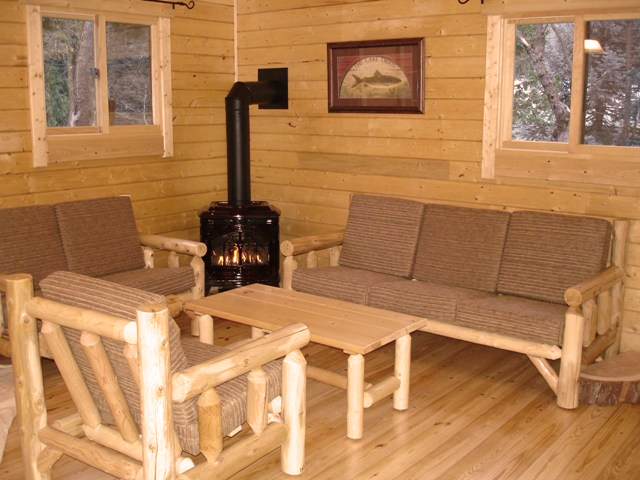In 2019 there are a growing number of factors individuals and corporations must take into account when making decisions related to building. Whether factories or homes, energy efficiency is a vital consideration both in terms of cost and environmental impact.
So, it begs the question, what is the true energy efficiency of log homes? The beauty of a log cabin is self-evident, but does that also translate to a worthwhile and pragmatic purchase?
The short answer is YES.
A 2009 study by the National Association of Home Builders puts it like this, “Log walls are a unique form of construction with definite advantages. The construction of stacked logs provides the structural integrity and thermal barrier in one assembly with one trade completing the work. This aspect of log wall construction has been recognized as a desirable element for green building.”

Homes are often rated for energy efficiency with what is called an “R-value.” The R-value refers to the insulation properties of a material. A log cabin can have a variable R-value which is often higher than that of a home built in a more standard manner. The reason for this is because of a logs natural ability to retain heat from sunlight for a longer period. This results in a slower transfer of heat into the home. A huge benefit on a warmer day because your home will remain cool. On a cold day with the furnace running, you will see benefits in the exact opposite fashion. The heat retaining properties of a log allow the furnace to cycle less often because the log provides a more slow and steady release of heat from the home, resulting in greater efficiency. A very “green” benefit indeed!
